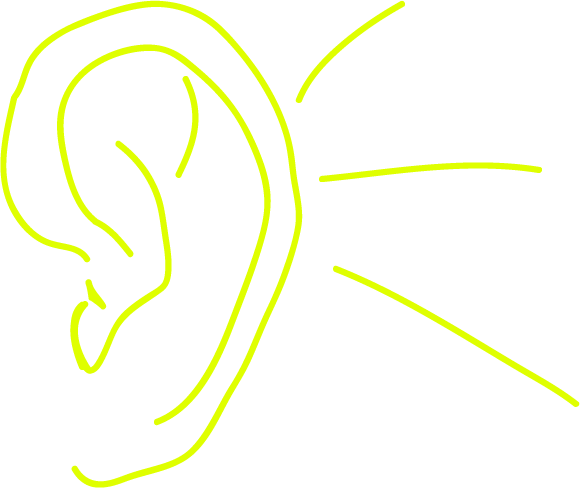thoughts

What does soundscape research do?
- May 28, 2014
- ethnography
Soundscapes: “a total appreciation of the acoustic environment” (Schafer 1994).
After reading a lot about Anthropology’s new research interest in soundscapes here and here and mentioning it briefly here, I became more interested in the practical aspects of soundscape research in anthropology. The importance of rethinking and including sonorous aspects of cultural life in anthropological research was clear to me but what could that research actually focus on? What are interesting questions that could be asked? And how can the findings from research contribute to a more insightful conception of sound (outside of academia)?
I stumbled upon a European network of scientist and researchers that aim at bringing together research projects dealing with soundscapes. This network is called ‘Soundscape of European Cities and Landscapes’ and covers research in many academic disciplines such as psychology, architecture, anthropology and medicine. What all these projects have in common is that – as opposed to the noise policy that has been carried out by the EU – the research projects from this particular network focus on environmental sounds as a ‘resource rather than a waste’ and consider cultural differences in soundscapes:
Policy is aimed at measuring noise levels and controlling or reducing noise levels in order to meet targets and limits for exposure. What isn’t addressed is the issue of the sounds we want to hear. What makes sounds attractive or unattractive? Can we find out? Then can we develop ways of measuring sound quality rather than noise? Ultimately can we design desirable soundscapes in the same way that we design buildings, lighting or landscape effects in urban areas?
Unfortunately, I couldn’t find any details on specific projects or details on how these questions are approached, especially by the anthropologists involved. I would like to know more about the methodologies employed by the anthropologists and how they contribute to an enhanced understanding of soundscapes. Do they limit their research to traditional field recordings and qualitative methods or do they work with sound and editing technologies in new ways?
I will certainly try to find out more about ongoing research in this particular area.